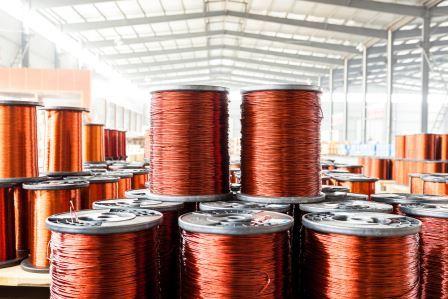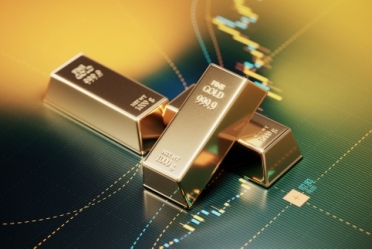Copper declined more than 17 percent from its lifetime highs. Tepid demand from China, surging inventories in warehouses and a strong US dollar contributed to the bearish sentiment in prices.
Copper inventory levels at different warehouses reached multi-year highs. Latest London Metal Exchange (LME) data showed inventories in the LME registered warehouses jumped to near five-year highs and doubled in mid-June. China’s SHFE warehouse stock levels are also running near four-year highs.
This was due to a rare surge in exports from the world’s largest commodity consumer China. Despite the government’s stimulus measures, China reported a series of disappointing economic indicators recently.
The second quarter economic growth of the country fell short of expectations and manufacturing numbers have contracted for a fourth straight month in August, reflecting the underlying weakness in the economy.
There are forecasts that China’s copper demand growth will be limited to 1-2 percent this year due to sharp contraction in manufacturing and property sectors.
The post-Covid economic recovery in China has been brief and less robust than expected earlier. The enduring crisis in its real estate sector and the trade war with the US are causing a lack of confidence among households and businesses. This is denting consumption, affecting the demand for commodities.
Big investment banks slashed the price outlook for copper in the coming years. Recently, Goldman Sachs, one of the biggest cheerleaders of the metal earlier, reduced their price target of copper for next year to $10100 against an earlier forecast of $15000 a tonne. This was primarily due to shrinking demand from China. The bank also believes China’s targeted growth would be tough to achieve this year due to persistent downturn in property sector and slowness in manufacturing and exports.
A strong US dollar is also pressuring the metal prices. A firm dollar making commodity prices in the US currency more expensive for buyers using other currencies.
The broad advance in industrial metals had earlier sent Copper prices to a fresh lifetime high. It went up to a high of Rs 945 a kg in Indian futures market gaining about 30 percent in the first six months of the year. However, since then, prices corrected sharply on tepid China demand outlook.
A similar performance seen in the benchmark LME copper as well. It tested a new record peak of $11104 a tonne in May but corrected soon.
However, it is still believed that world copper demand will double over the next decade, which will dominate prices. Copper is a critical energy transition metal to the global rollout of clean energy and speculations are that world’s mines will struggle to meet the upcoming demand. Traders are optimistic that millions of tonnes of new supply will be needed in coming years in areas like electric vehicles, renewable energy, and vastly expanded power grids. Despite a bullish long-term outlook, the prolonged crisis in the Chinese property market and a moderate global growth outlook continue to put pressure on prices. However, looking ahead, more meaningful pickup in Chinese demand would cause a sharp turnaround in prices.
First published in The Economic Times









